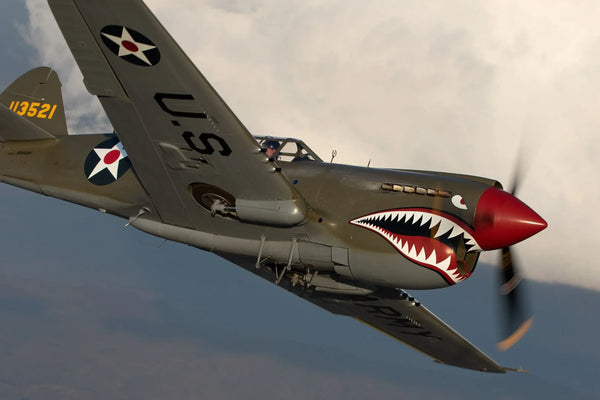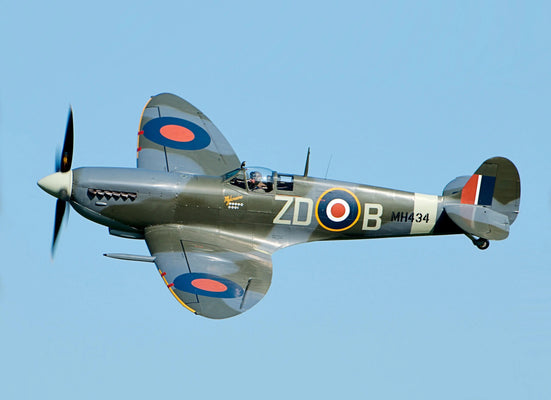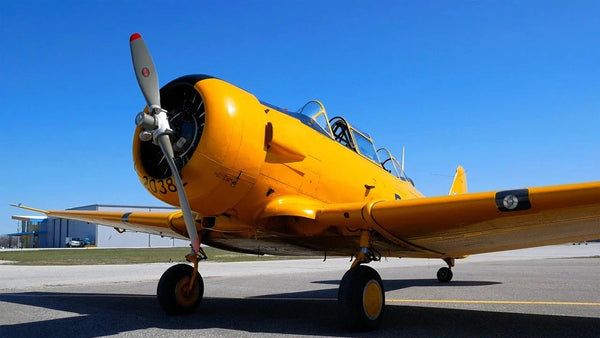The attack on Pearl Harbor on December 7, 1941, left the United States in a state of shock and outrage. The nation, previously far removed from the global conflict, suddenly found itself at war and desperate for a counterpunch. While the physical damage at Pearl Harbor was immense, the psychological blow was arguably even greater. America needed a victory, a powerful symbol of defiance to lift its spirits and show the world that it would not be defeated. This desire for a morale boost led to one of the most audacious and seemingly impossible missions of the war: the Doolittle Raid, spearheaded by the B-25 Mitchell bomber.
Why the B-25 Was Chosen
The B-25 Mitchell was an unlikely hero for a naval operation. Designed as a medium bomber for land-based operations, it possessed a critical combination of features that made it the perfect, albeit unconventional, choice for the raid. First and foremost was its range. The mission required an aircraft that could fly hundreds of miles from the launch point to its targets in Japan and then continue on to friendly airfields in China. The B-25's range was sufficient for this demanding flight profile.
Additionally, the B-25's relatively compact size and takeoff performance were key. While it was still a tight fit, it was one of the few bombers capable of launching from the short flight deck of an aircraft carrier. This capability, honed through intense training, was crucial to the mission's success. Finally, while it carried a smaller bomb load than heavy bombers like the B-17, the B-25’s payload was more than adequate to inflict symbolic and strategic damage on key Japanese targets. The goal wasn’t to level cities but to deliver a powerful psychological blow.
The Doolittle Raid (April 18, 1942)
Under the command of Lieutenant Colonel James "Jimmy" Doolittle, a brilliant and highly respected aviator, the mission was a masterclass in secrecy and daring. Volunteers were recruited for a "hazardous, important and interesting" mission without being told the specifics. They trained rigorously for weeks at Eglin Field, Florida, practicing short-field takeoffs with heavily loaded B-25s. They mastered the art of launching a bomber in a space far shorter than its usual runway, a skill that would be put to the ultimate test on the high seas.

A B-25 takeoff in The Doolittle Raid
On April 1, 1942, sixteen B-25s were loaded onto the USS Hornet at Naval Air Station Alameda. A strange sight, the bombers took up nearly the entire flight deck. The Hornet then sailed west, accompanied by a task force, toward Japan. The plan was to get within 400 miles of the coast before launching the aircraft.
However, the element of surprise was lost when a Japanese patrol boat spotted the task force prematurely. Fearing they had been compromised, Doolittle made the difficult decision to launch the bombers immediately, even though they were still 650 miles from their targets. On the morning of April 18, 1942, in rough seas and a fierce headwind, the sixteen B-25s roared off the deck of the Hornet, one by one, on their one-way mission. They flew low across the Pacific, arriving over Tokyo and other Japanese cities completely undetected. The bombers struck their targets—military facilities, factories, and oil depots—before continuing toward China.
Impact of the Raid
The Doolittle Raid's success was not measured in tons of bombs dropped but in its profound psychological impact. For the American people and the Allied forces, it was an exhilarating and much-needed morale boost. The news of the raid proved that America was on the offensive and could strike back at its enemy's heartland. It was a clear message that the U.S. would fight on and win.

A Japanese factory was destroyed after Doolittle Raid
For the Japanese, the raid was a deeply humiliating shock. It shattered the perception of their homeland's invulnerability and exposed a critical weakness in their defenses. In response, the Japanese high command was forced to pull back fighter squadrons for homeland defense, resources that could have been used on the front lines. The raid also played a significant role in motivating the Japanese to expand their defensive perimeter further into the Pacific, a strategic decision that would lead to the decisive Battle of Midway just a few months later.
The B-25 Mitchell and the Doolittle Raid are forever linked in American history. The mission transformed the bomber into a symbol of American resilience, ingenuity, and courage. While most of the aircraft were lost in the raid, their legacy lives on. Today, the B-25 Mitchell is a cherished artifact of World War II, with many examples preserved in museums and at airshows. They continue to fly in tribute to the "Doolittle Raiders" and the aircraft that delivered America's first, and most symbolic, strike back.
👉If you’re inspired by the story of the Doolittle Raid and want to bring a piece of aviation history into your home, take a look at our handcrafted B25 wooden model. Each model is carefully carved from wood, making it a timeless tribute to the legendary bomber.




